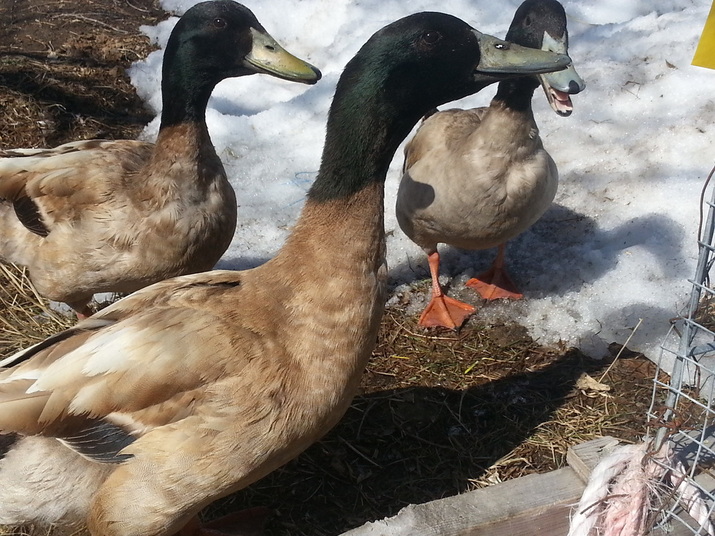
A duck has the ability to reject sperm if she does not like the mate. Who knew? Hopefully, the ducks will like the drakes I put in with them. They also can retain sperm for up to three weeks, so for the eggs to be true to the breed, that time must elapse. In three weeks then, the Khakis, Saxonys and Rouens will be breeding true and the eggs should be pure. Every once in a while there is a throw back, which is why the pure white drake was hatched from standard Khaki parents.
There are some duck and goose eggs in the incubator now with the first due to hatch on April 28 and the next a week later. There may be some true bred ducklings and some crosses. It will be impossible to tell when they are first hatched, but when their feathers are in, it will be much easier. In the meantime, the poor bachelor boys pine for their ladies outside, relegated to hanging around. They do have a place to go should they want to, but they are so flock bound, they basically have only gone round and round the pen trying to get in. Poor boys!


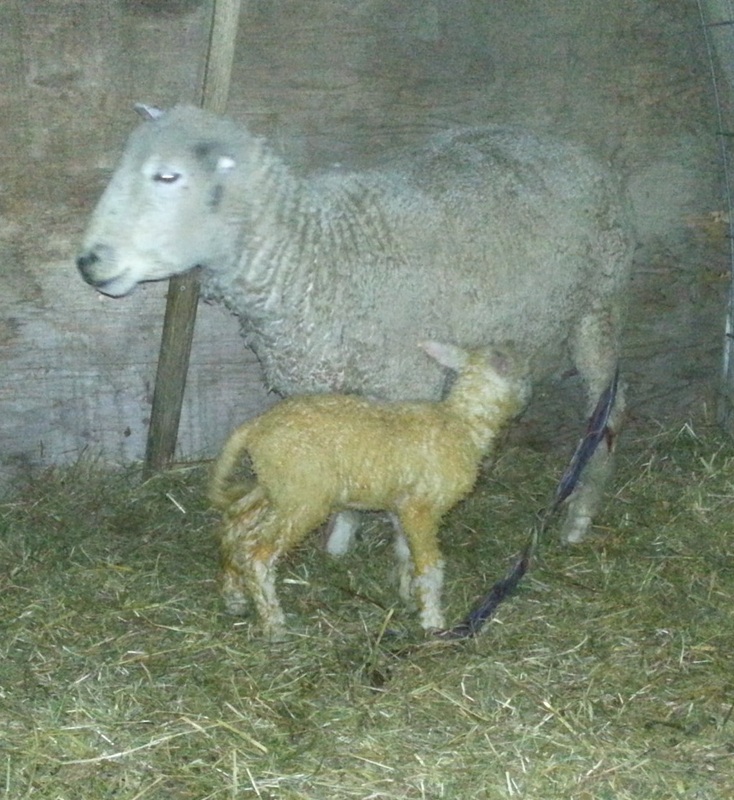

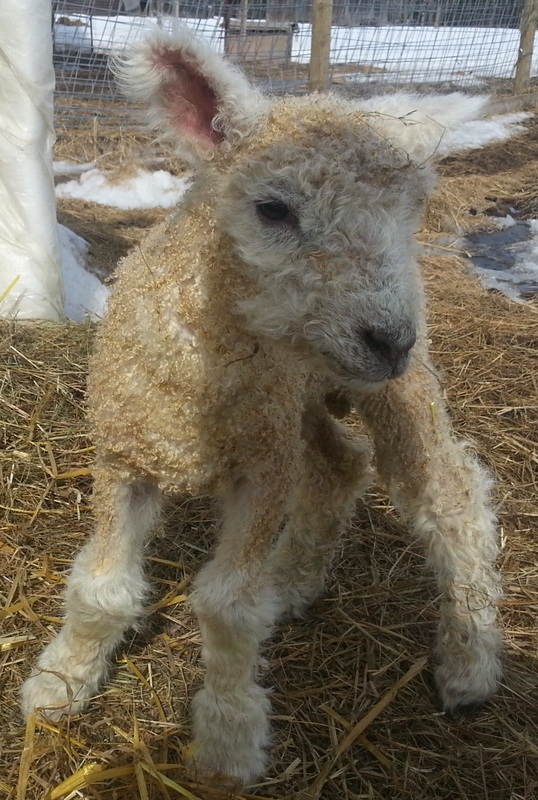
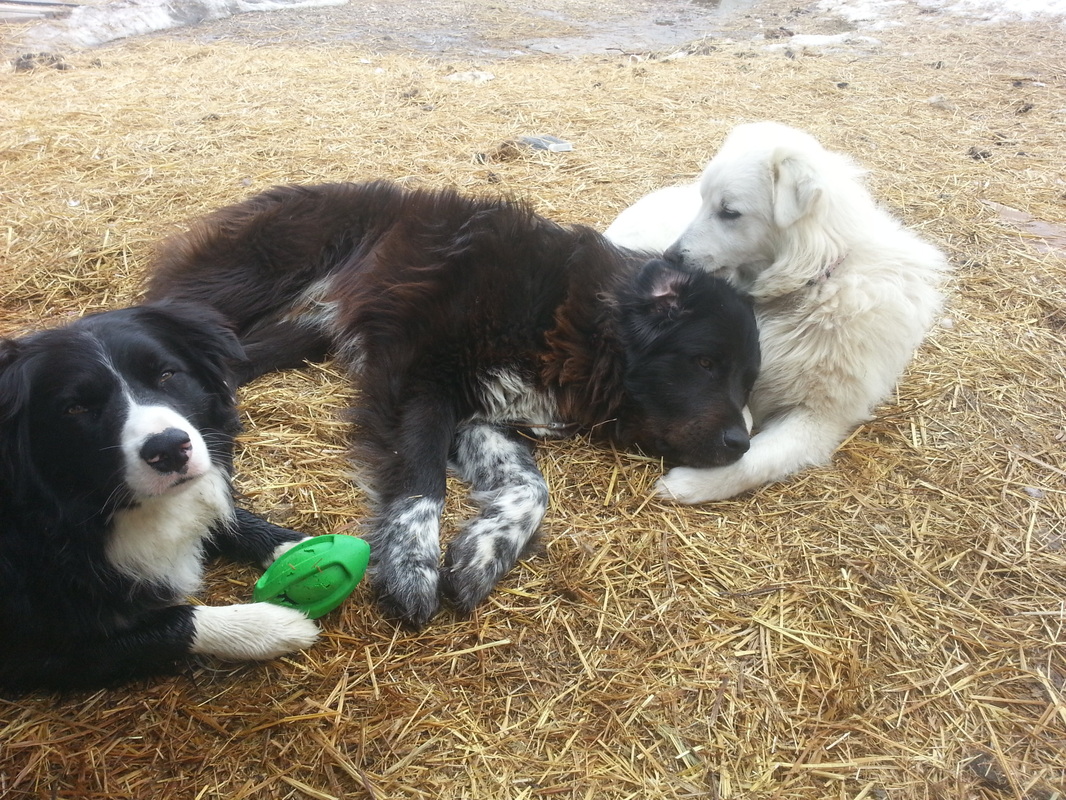
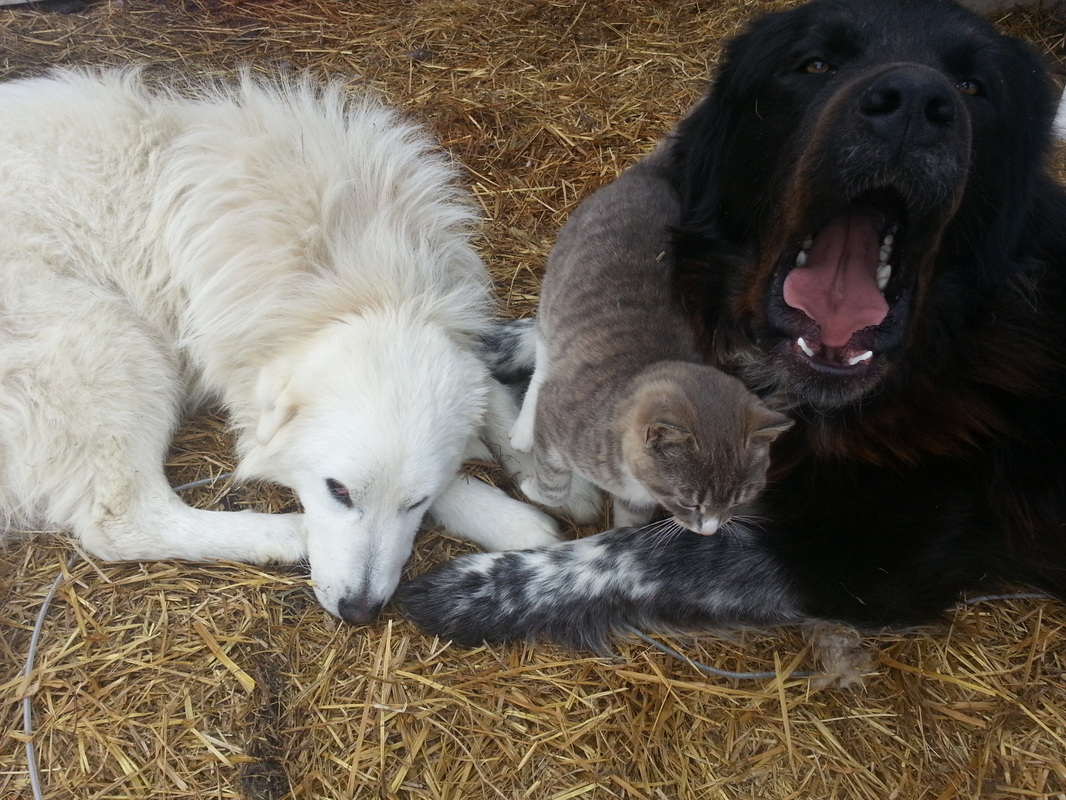



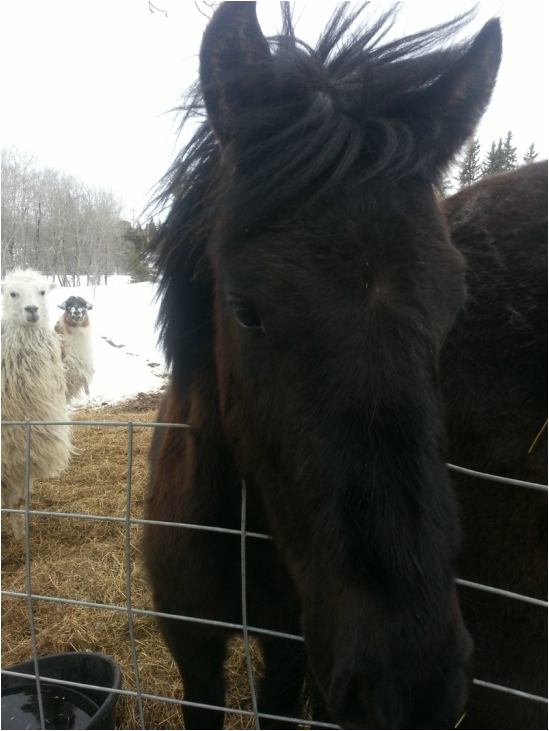
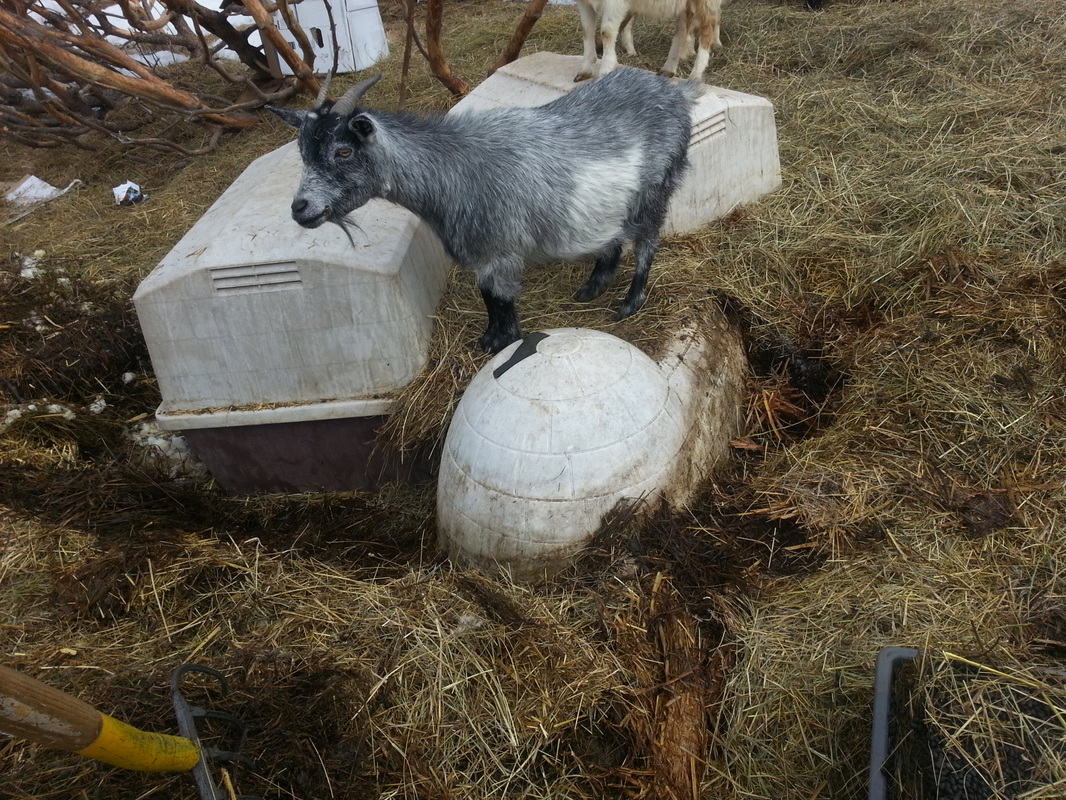
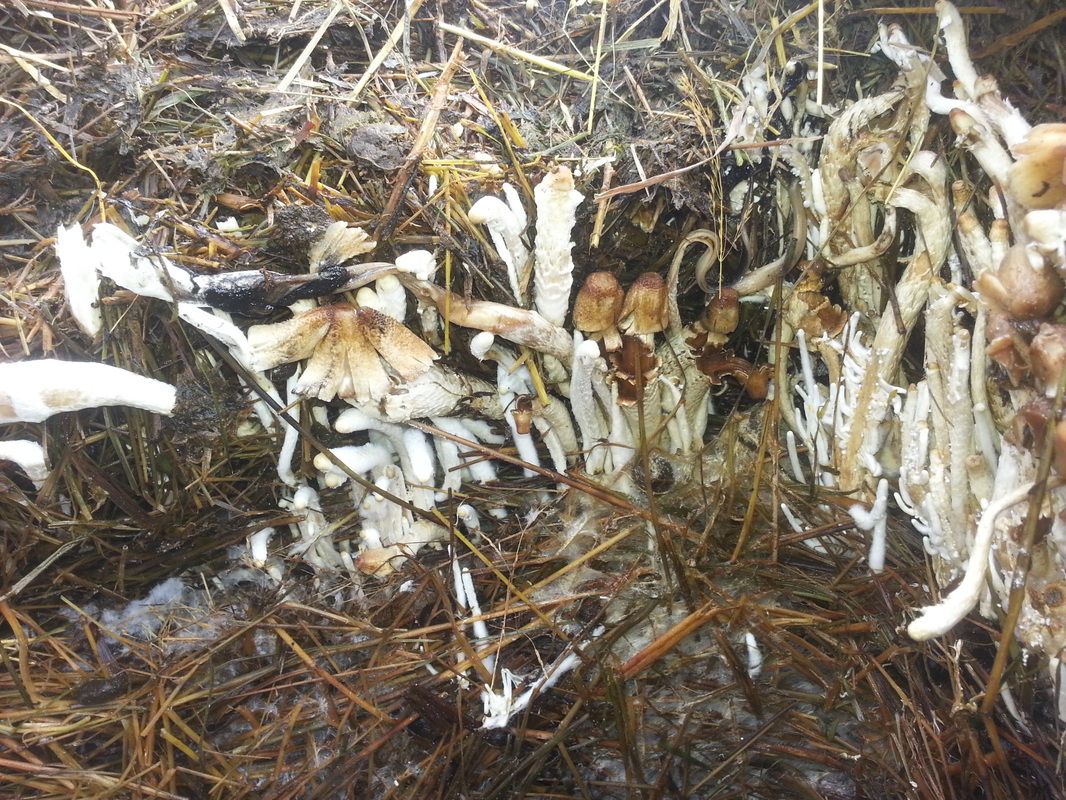
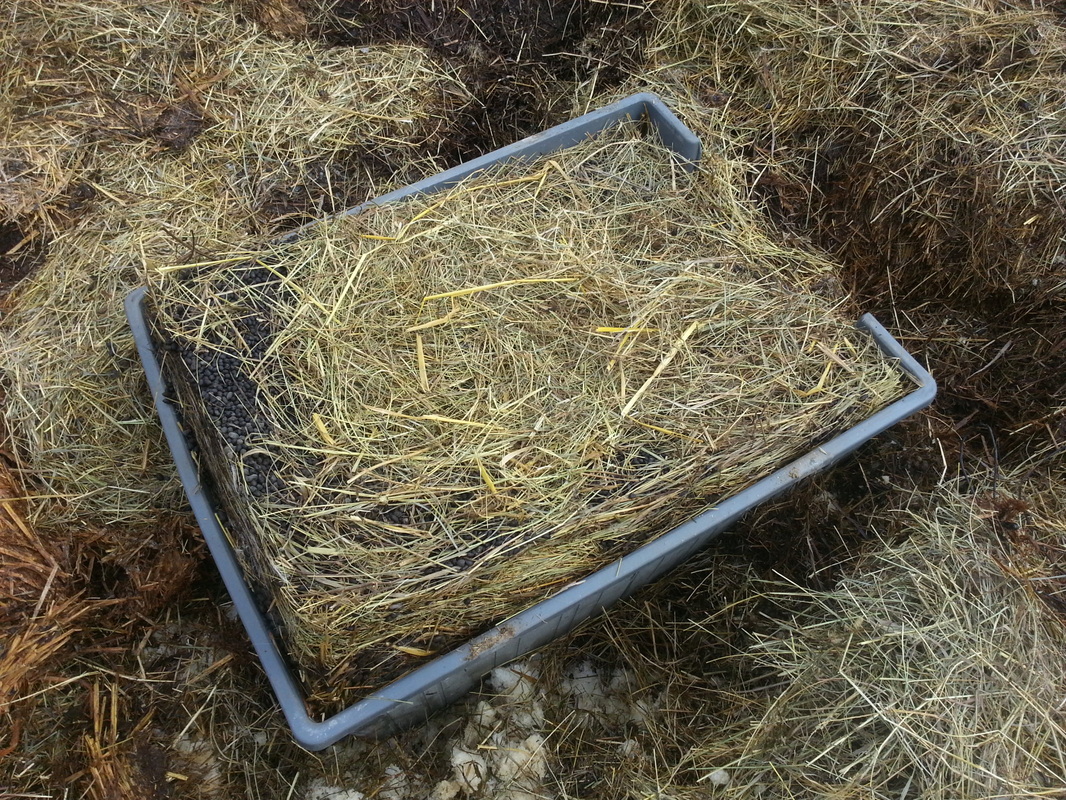
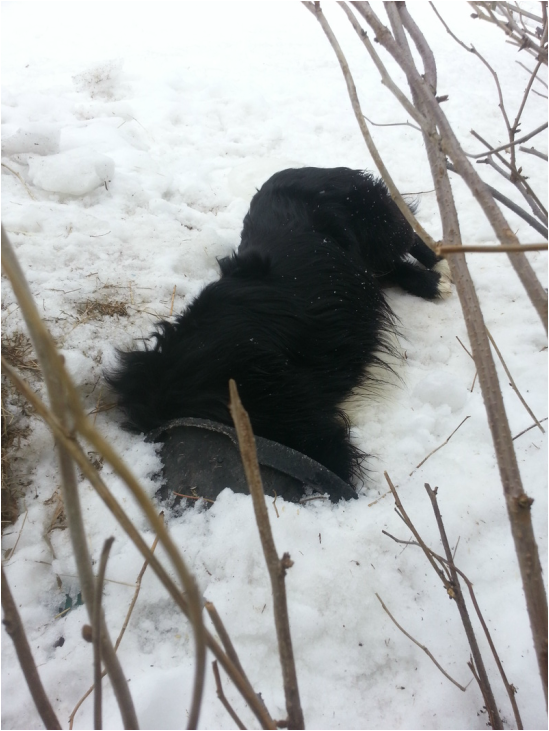
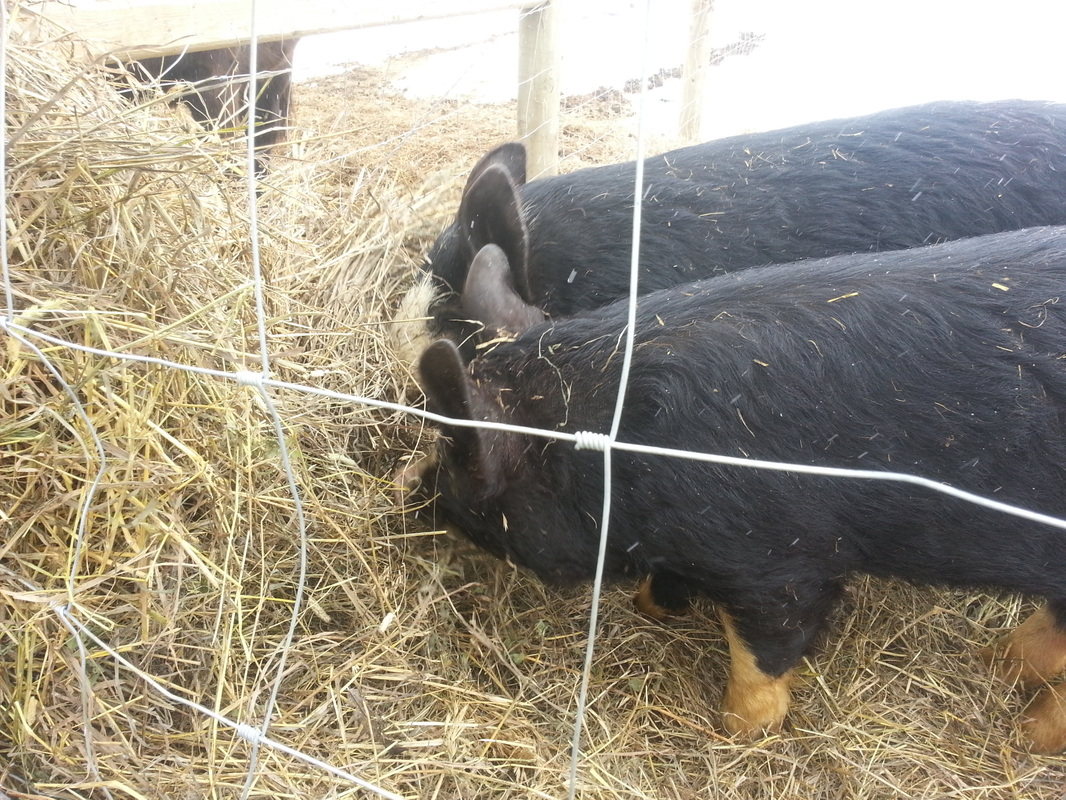
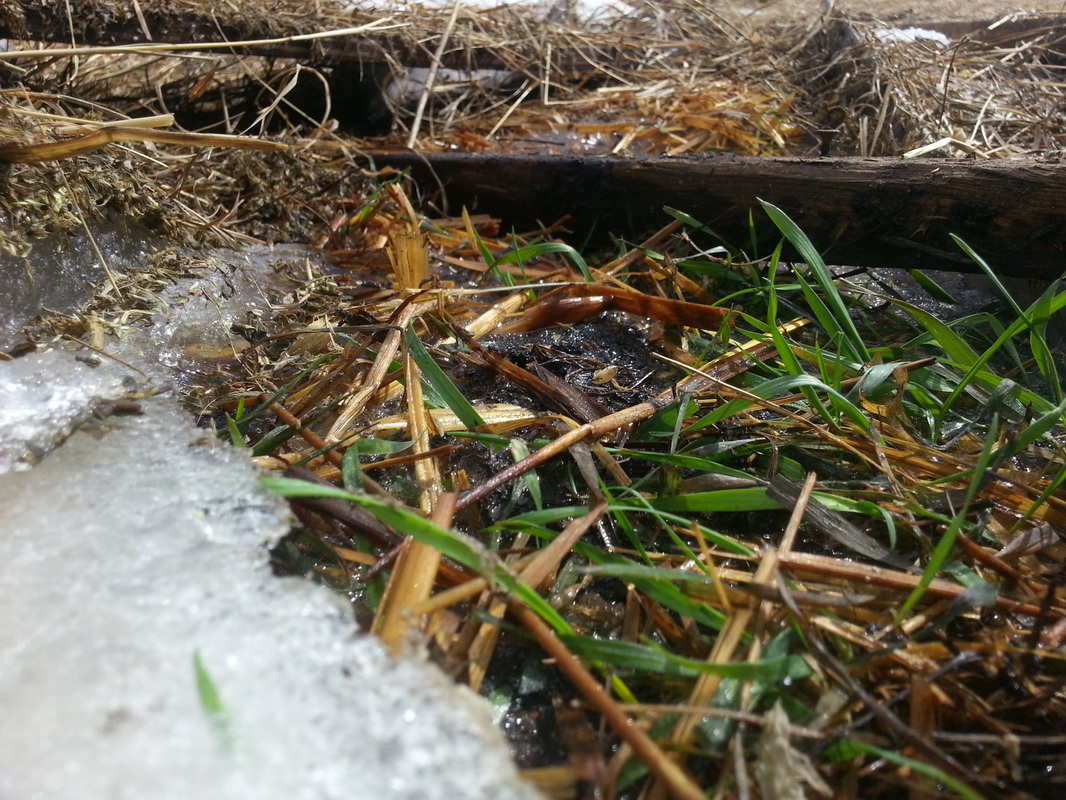
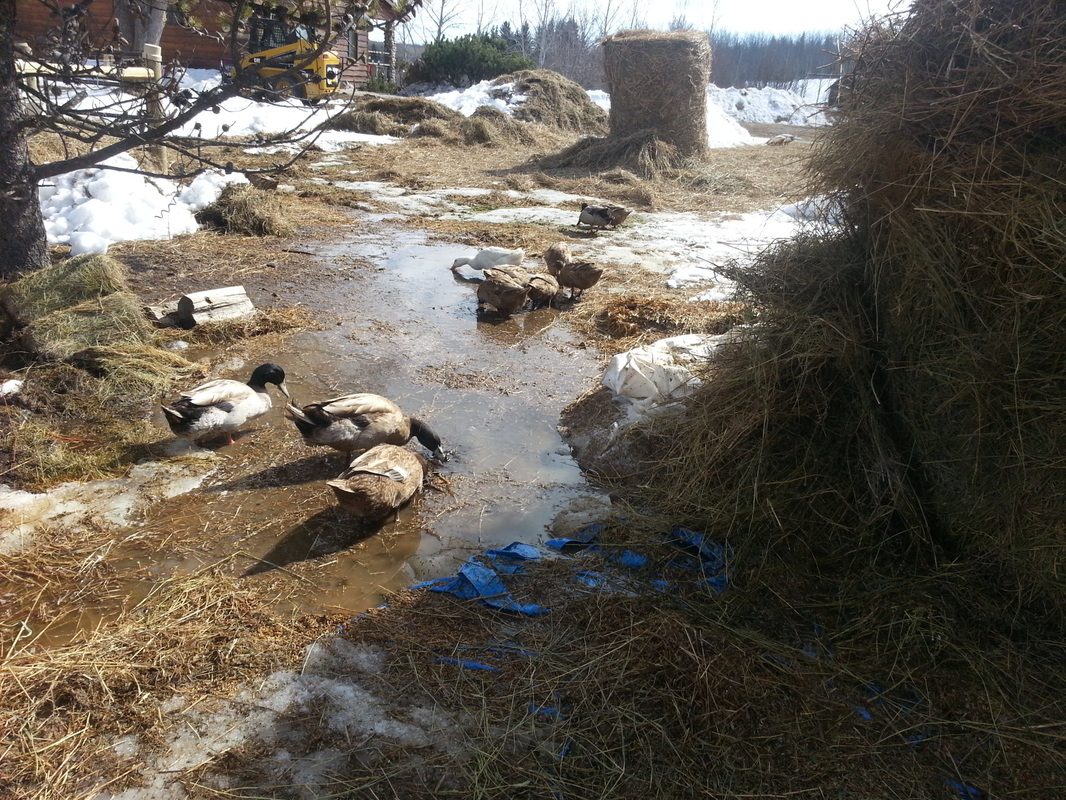
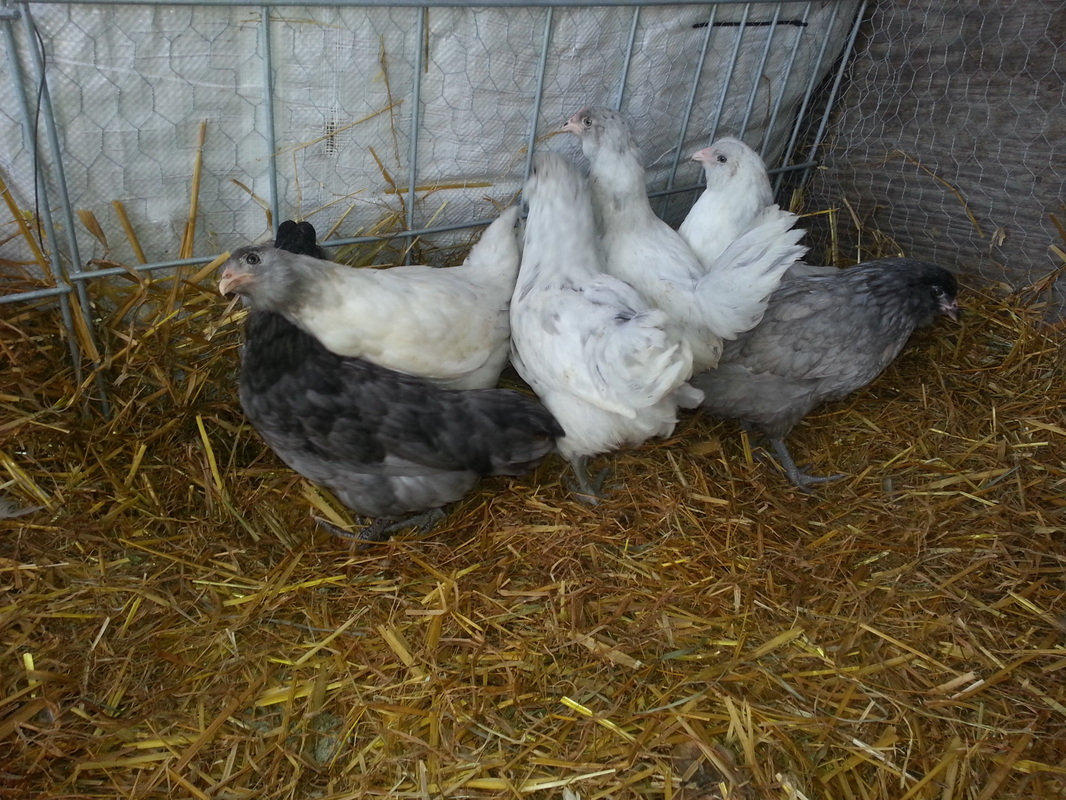
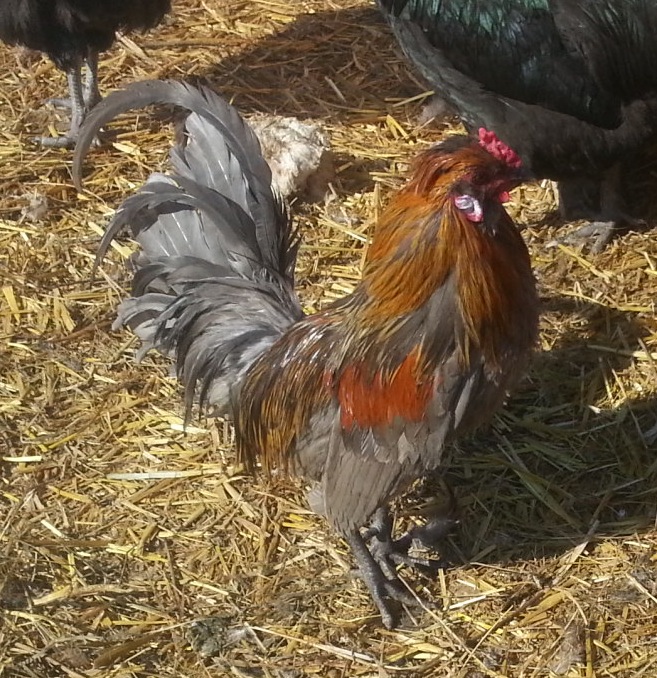
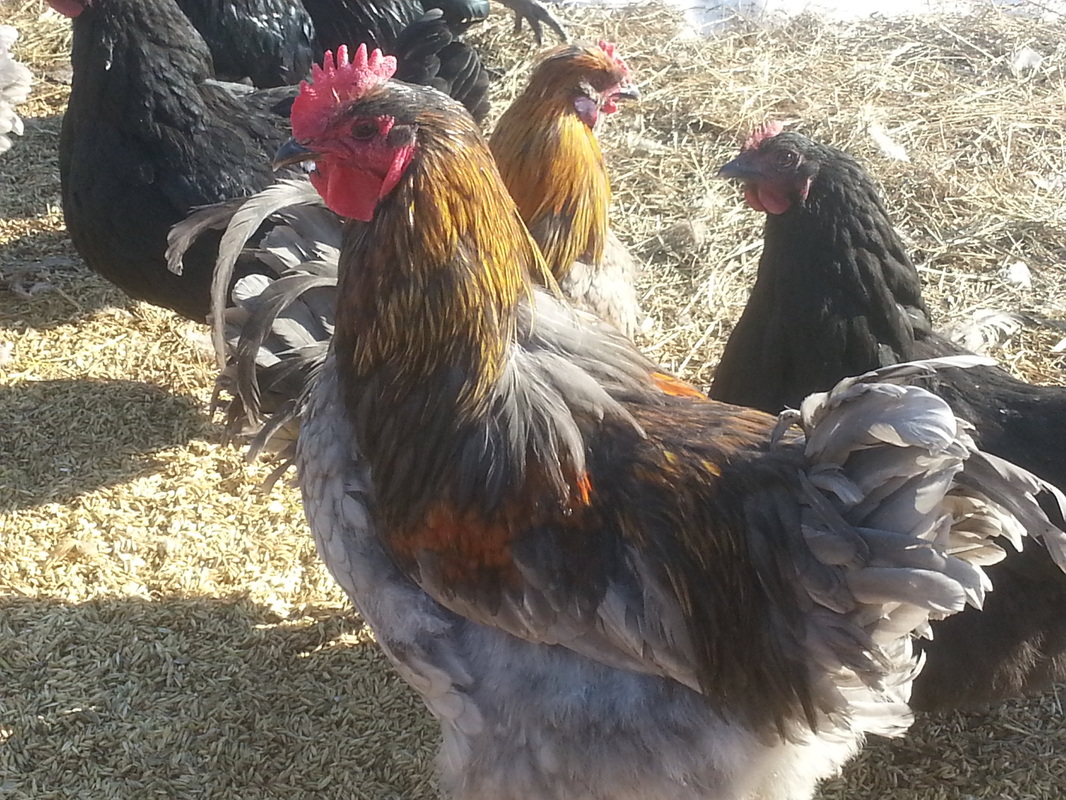
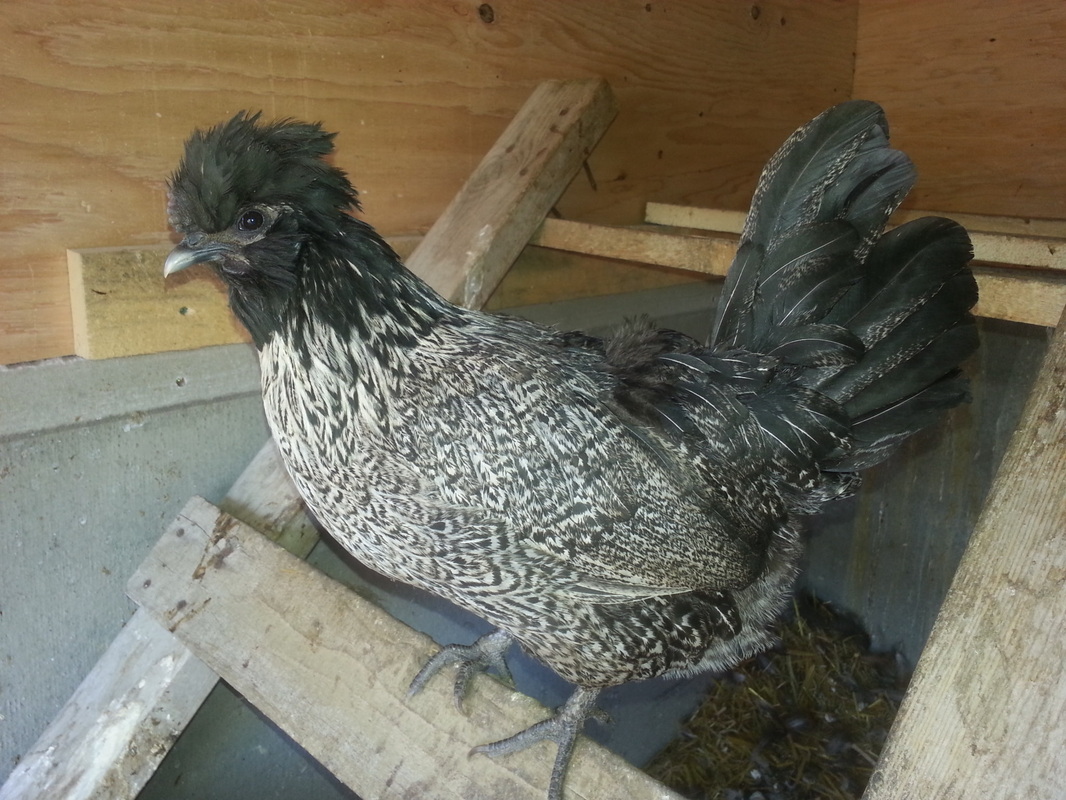

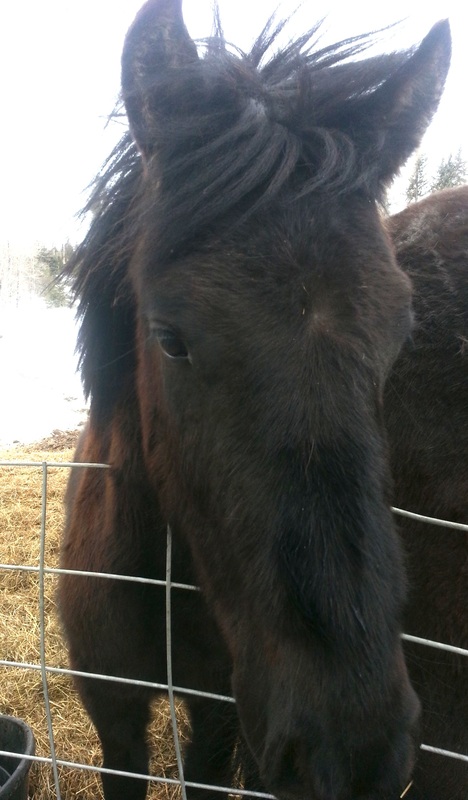
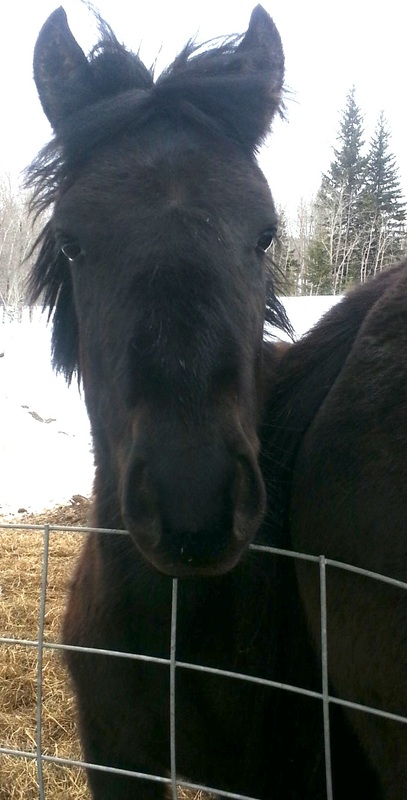
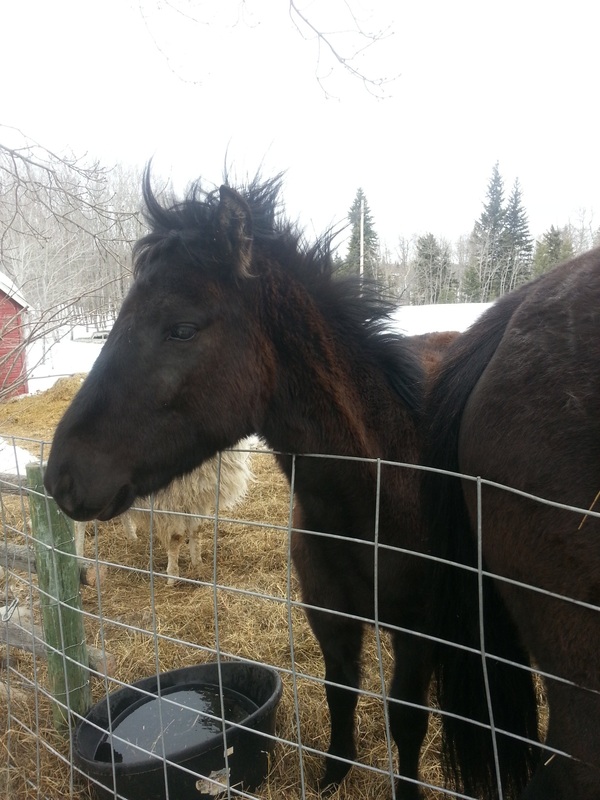

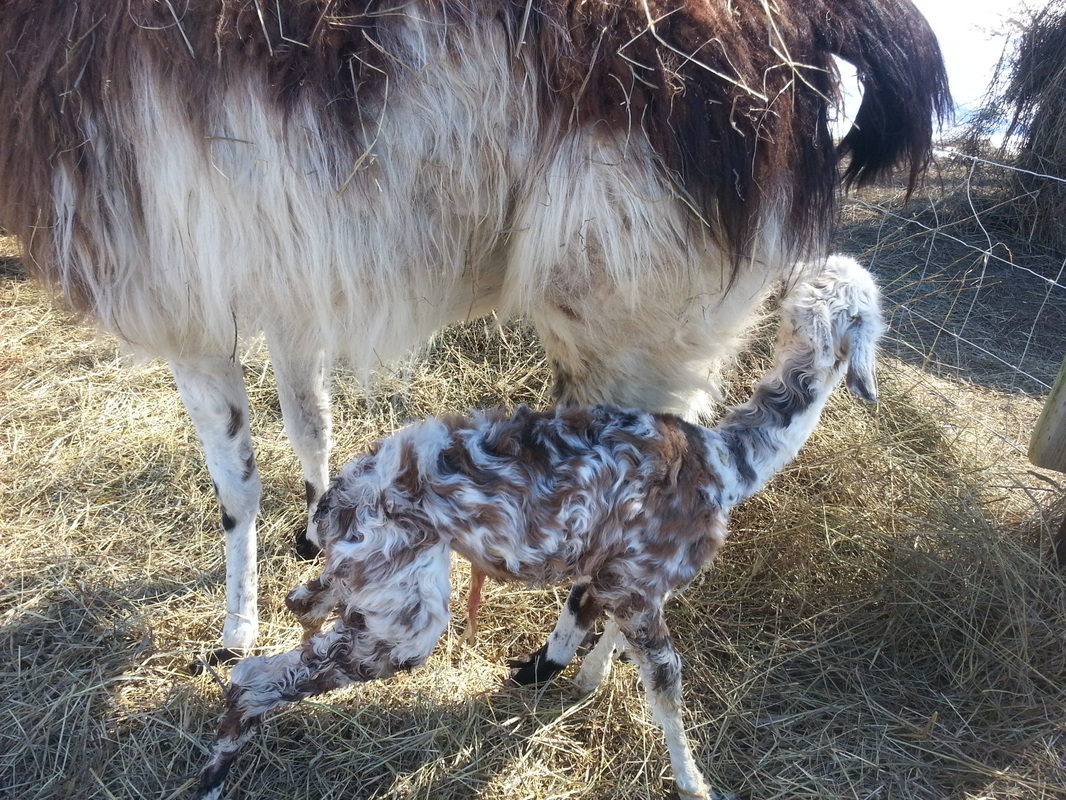
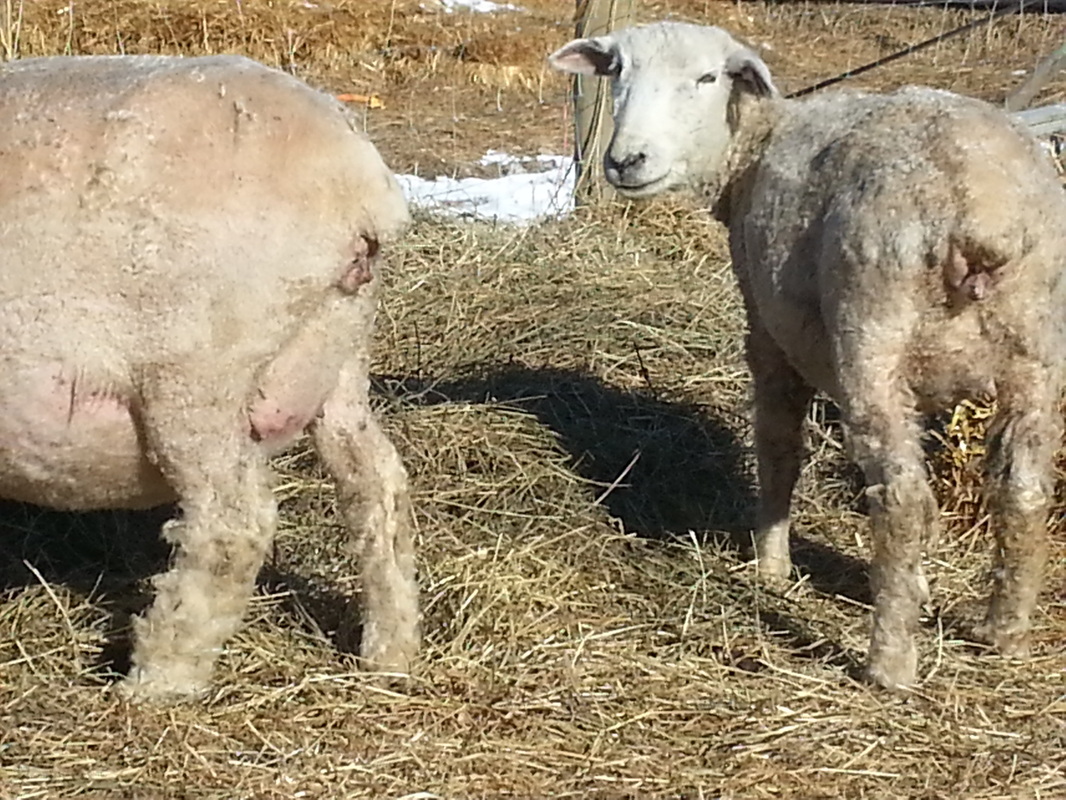

 RSS Feed
RSS Feed